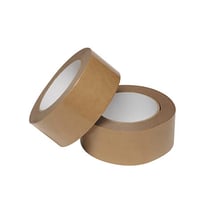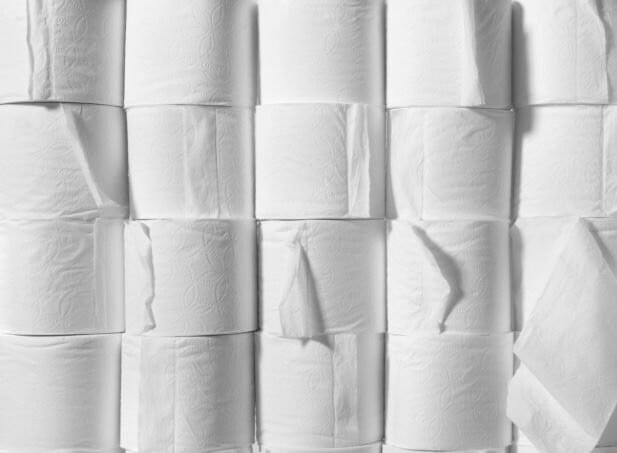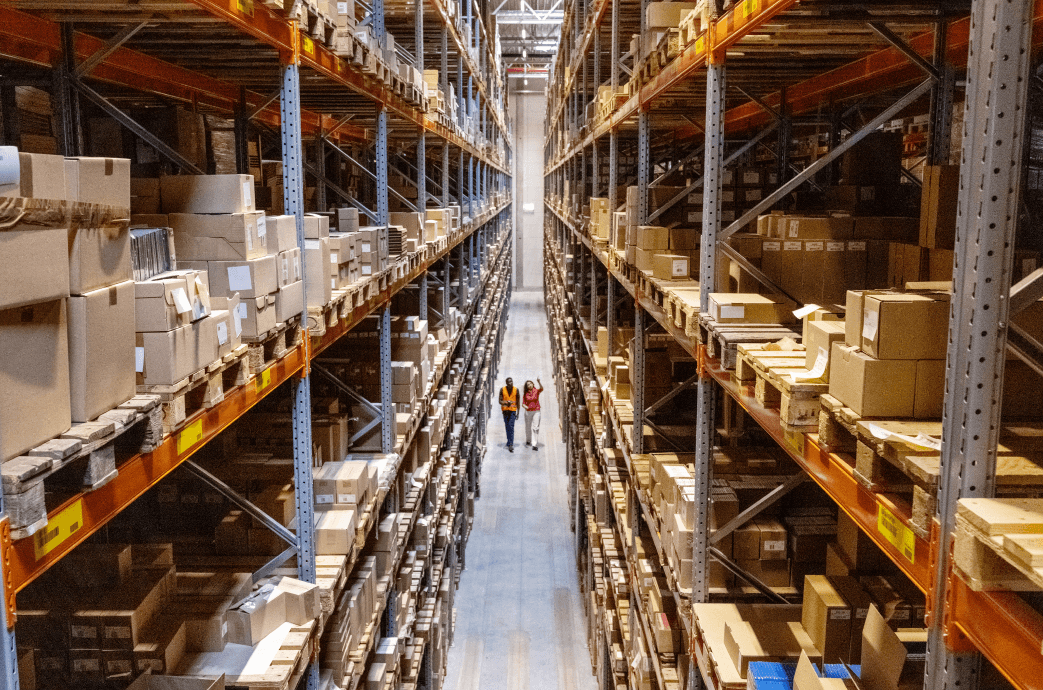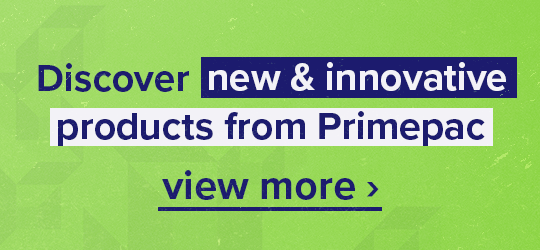
Tape plays a vital role in sealing packaging for shipping and storage. With heightened awareness about the impact of plastics, many businesses are investigating paper tape alternatives that are more sustainable, and possibly more cost-effective.
Sustainability in business has historically been a balancing act. Companies want to reduce their environmental impact and appease more sustainability-savvy customers, but not at the expense of quality. But as technology advances, and demand increases spurring further innovation, solutions that had been previously discounted can now be assessed. In this article, we’ll do exactly that with paper tapes.
The question is, which type of paper tape is the right choice for your needs? In this article, we compare paper tape and gummed paper tape so you can better understand the differences and assess whether these options are right for your business.
What is paper tape?
Paper tape, confusingly, has two very common meanings. In the context of this article, it’s a tape made of paper. Its other meaning is a long strip of paper with punched holes for storing data in early computer systems.
We’re definitely not talking about the latter. Paper tape for storage and freight is an easily-recyclable tape used to bind openings and edges of storage or packing boxes. It can be commonly called kraft tape and often uses natural adhesives.
Paper tape for packaging is often wider than its alternatives and comes in a variety of bonding options, which we will discuss next.
What is self-adhesive paper tape?
Self-adhesive paper tape consists of a top layer of kraft paper with a hot-melt adhesive applied to the bottom layer.
Self-adhesive paper tape is typically more cost-effective than gummed paper tape but is often perceived to be less sustainable. The hot melt adhesive contains primary polymers such as ethylene-vinyl acetate, polyethylene, polyolefins, polyamides, and polyesters. So, while the paper aspect is more environmentally friendly than other substrates such as PVC and Polypropylene, the adhesive element is no better,
It’s also worth noting that self-adhesive paper tape is more prone to being tampered with as the bond is not as firm as that of water-activated tape.
Advantages of self-adhesive paper tape
- Cost-effective
- Requires less tape
- Can be printed with messages or branding
- Efficient to apply
Disadvantages of self-adhesive paper tape
- Synthetic adhesives
- More prone to tampering
- Forms a weaker bond
When to use self-adhesive paper tape
If you’re currently using plastic packaging tape, switching to paper tape is a quick, easy, and cost-effective way to improve your operations. Due to its strength, paper tape will reduce the amount of tape you use because, for every two to three strips of plastic packing tape, you usually only need one strip of paper tape.
If cost savings is your number one priority, a self-adhesive paper tape is a great place to start. For the added benefits of sustainability and stronger adhesives, we recommend gummed paper tape instead.
What is gummed paper tape?
Also known as water-activated tape or kraft paper tape, gummed tape has a sturdy paper backing coated with a water-activated adhesive. To use it, you wet the adhesive side, which activates the glue and creates a permanent bond with the packaging material.
The adhesive on gummed tape requires activation, which means it’s easier to store and requires no special handling before application. While many pre-adhesive tapes experience wastage due to sticking to itself or incorrect application that waste is reduced with gummed tape. Gummed paper tape also takes a few seconds to fully bond, enabling small adjustments to be made ensuring correct application.
Gummed paper tape forms a stronger bond owing to the activation process. This makes it ideal for package security and durability during longer freight times.
Advantages of gummed paper tape
- Fully biodegradable and recyclable
- Natural adhesives
- Deters theft and tampering
- Forms a strong, permanent bond
- No solvents or synthetic additives
- Can be printed with messages or branding
Disadvantages of gummed paper tape
- Slower to apply
- Harder to remove*
The adhesive is usually a vegetable gum that is soluble in water and fully recyclable. There are also no solvents used in its manufacture.
*While gummed paper tape is harder to remove it’s fully recyclable so when combined with cardboard boxes or cartons there is no need to separate it for recycling. Unlike PVC/non-paper alternatives.
When to use gummed paper tape
Gummed paper tape is ideal for heavy-duty applications, particularly in industries such as e-commerce, shipping, and fulfilment centres where secure sealing and sustainability are more of a priority than speed.
Applying gummed tape can be a slower process than pressure-sensitive tapes. However, you can use a sponge or a specialised dispenser with an in-built water reservoir to improve productivity by 20%.
Self-adhesive paper packaging tape at Primepac
Our self-adhesive kraft paper packaging tape is ideal for general-purpose packaging. It’s flexible, static-free, and tearable by hand. Popular options include:
- Kraft paper packaging tape (48mm x 55m)
- Kraft paper machine tape (50mm x 500m)
- Brown paper packaging tape (110gsm 72mm x 50m)
- White paper packaging tape (110gsm 72mm x 50m)
Gummed paper tape at Primepac
Our gummed tape is available with a specialised dispenser with a water reservoir and brush tool. These dispensers are suitable for gummed paper tapes up to 3" wide.
Whatever your needs, contact us for expert advice, download our buyer's guide, or browse our wide range of tapes to find the most appropriate option for your business.


.png?width=200&height=138&name=Capture%20(1).png)





.png)

